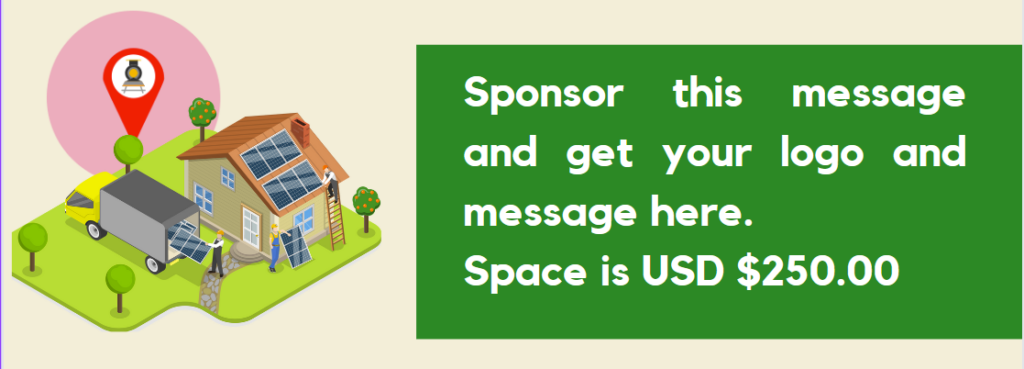Climate Change Impact Matrix

This matrix outlines the current and projected impacts of climate change on various systems and highlights the vulnerabilities of different regions associated with climate risks.
| Category | Current Impacts | Projected Impacts |
|---|---|---|
| Human Development | – Increased heatwaves affecting health – Displacement due to sea level rise – Loss of livelihoods in vulnerable areas | – More frequent and severe heatwaves – Increased displacement and migration – Greater economic instability in affected regions |
| Agricultural Systems | – Reduced crop yields due to extreme weather – Increased pests and diseases | – Further decline in crop productivity – Greater frequency of crop failures – Shifts in agricultural zones |
| Coastal Systems | – Erosion and loss of coastal habitats – Increased flooding and storm surges | – Significant loss of coastal land – Greater damage from stronger storms – Increased salinity affecting freshwater sources |
| Coral Reefs | – Coral bleaching events – Decline in biodiversity | – Extensive coral reef degradation – Potential collapse of reef ecosystems – Loss of marine species dependent on reefs |
| Pathogens and Vector-Borne Diseases | – Expansion of disease vectors into new areas – Increased incidence of diseases like malaria and dengue | – Further spread of tropical diseases – Higher prevalence of zoonotic diseases – Strain on public health systems |
| Water Resources | – Increased frequency of droughts and floods – Depletion of freshwater resources | – More severe water scarcity in many regions – Increased competition for water resources – Greater risk of water-related conflicts |
| Food Production & Nutrition | – Disruption of food supply chains – Increased food prices due to crop failures | – Long-term food insecurity – Greater dependence on imported food – Increased malnutrition and hunger |
| Vital Ecosystems | – Habitat loss and fragmentation – Decline in species populations | – Further loss of biodiversity – Greater risk of ecosystem collapse – Reduced ecosystem services affecting human well-being |
Vulnerabilities of Regions Associated with Climate Risks
| Region | Vulnerabilities |
|---|---|
| Small Island States | – High susceptibility to sea level rise and storm surges – Limited freshwater resources – Dependence on imported food, leading to nutritional insecurity |
| Africa | – High exposure to extreme heat and drought – Significant agricultural dependency with limited adaptive capacity – Spread of vector-borne diseases |
| South Asia | – Vulnerability to extreme weather events like cyclones and monsoons – High population density increasing stress on resources – Water scarcity and food insecurity |
| Arctic Regions | – Rapid ice melt affecting indigenous communities – Disruption of traditional livelihoods – Increased access to resources potentially leading to geopolitical tensions |
| Southeast Asia | – Coastal flooding and erosion affecting large populations – High dependence on marine resources – Increased urbanization exacerbating climate impacts |
| Latin America | – Deforestation and loss of biodiversity – Vulnerability to extreme weather events like hurricanes and droughts – Water and food security issues |
Far-Reaching Consequences of Climate Impacts
- Economic Disruption:
- Loss of livelihoods and economic instability in affected regions.
- Increased costs of adaptation and disaster response.
- Social and Health Impacts:
- Increased migration and displacement leading to social tensions.
- Higher prevalence of diseases and strain on healthcare systems.
- Political and Security Risks:
- Competition for scarce resources leading to conflicts.
- Increased pressure on governance and institutions to manage climate-related crises.
- Environmental Degradation:
- Loss of biodiversity and ecosystem services essential for human survival.
- Long-term impacts on global food and water security.
- Potential for Conflict:
- Resource scarcity and displacement can exacerbate existing conflicts or create new ones.
- Competition over water, land, and food resources can lead to geopolitical tensions.
By understanding these impacts and vulnerabilities, policymakers and communities can better prepare for and mitigate the effects of climate change, aiming for a more resilient and sustainable future.
Download a copy and share this resource with those you care about! (May 2024 publication